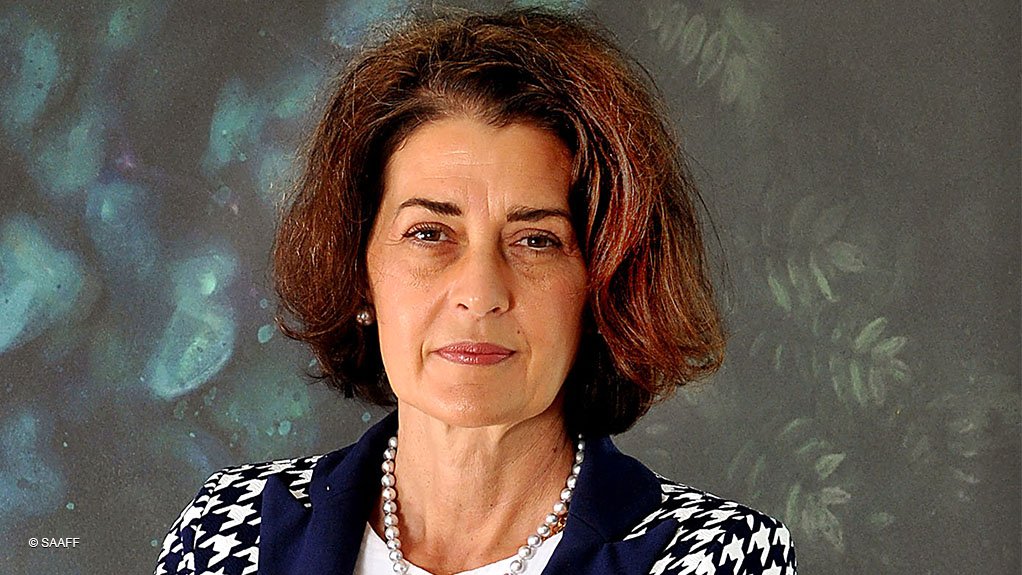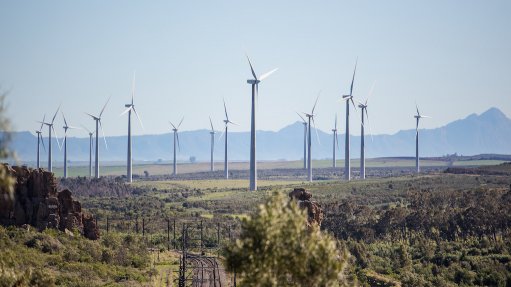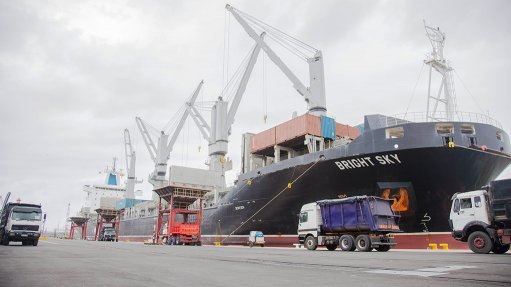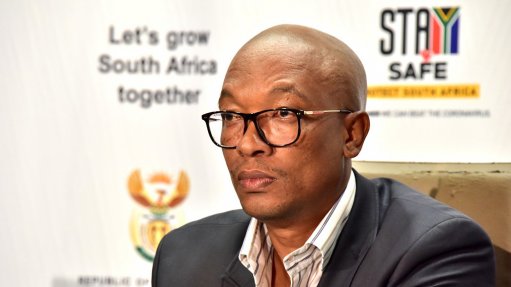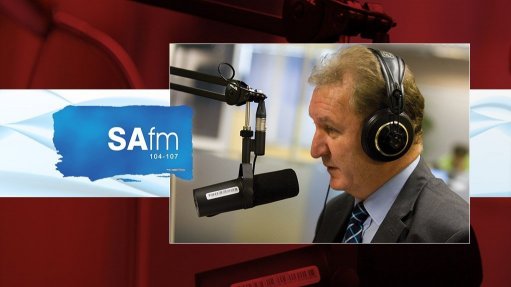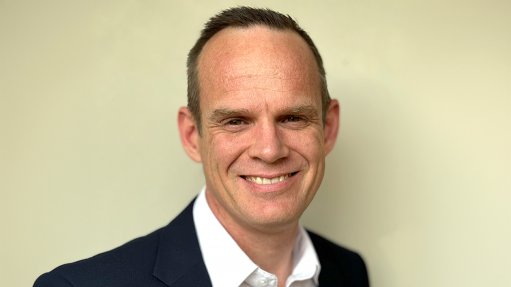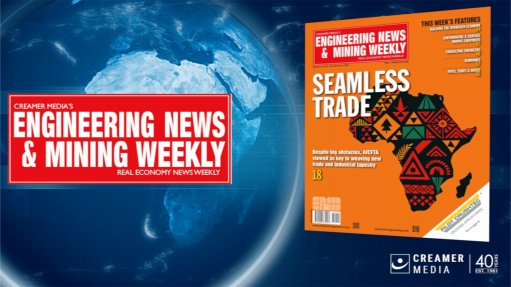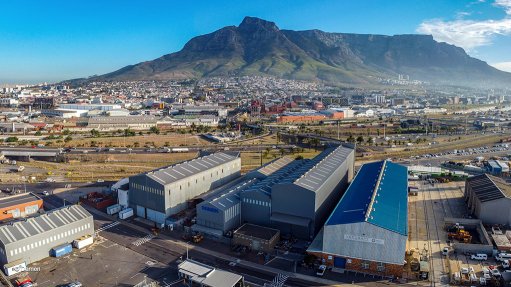Yes, there are problems at SA ports, but World Bank report not entirely accurate – SAAFF
The newest World Bank Container Port Performance Index (CPPI) report, which places a number of South African ports at the bottom of the list, covers the crisis-ridden 2023 period, and does not take into account the corrective action taken since Transnet has been under new management as part of a recovery and transformation strategy, says Southern African Association of Freight Forwarders (SAAFF) CEO Dr Juanita Maree.
“To contextualise, this was a period at the height of the crisis.
“The timing of its release unjustifiably tarnishes today’s developments, casting doubt on the efficacy of robust corrective action underway and the hard work of the recovery teams and the leadership of the National Logistics Crisis Committee – a strong strategic public-private consultative initiative by government that serves as the anchor,” says Maree.
“At the same time, we must acknowledge that there are valid points in the report, and we must not simply dismiss it, but rather constructively use it as another building block and join hands to ensure that we improve our container port performance.”
Maree says the CPPI is based on a ranking of container port performance – not a score – and, therefore, does not serve as a diagnostic tool to show where a port should improve.
“Moreover, the report uses rank aggregation, combining multiple rankings into a single ranking.
“This is a significant problem arising in many areas, and it is an overly simplified approach to providing a single ranking of a complex system that is a port call,” she notes.
“Furthermore, as the World Bank concedes, values are imputed when combinations of port calls and vessel call sizes are missing.
“The authors caution that the inherent risk with this approach is that poor or good performance within just one group will cascade across all call-size groups.
“Therefore, the CPPI is undoubtedly a unidimensional view of port performance. It attempts to examine the system’s performance and devise a single index to indicate whether it is good or bad.”
Despite this methodology critique, SAAFF believes the report attempts to emphasise that South Africa loses time at outer anchorages, “which the association and Transnet accept”.
“Nevertheless, using a vessel’s stay duration as the sole measure of container port performance without considering other factors like throughput and handling rates, highlights key obstacles to using the findings to measure container port performance accurately on a comparative basis.
“Furthermore, the World Bank concedes that it is impossible to see from the data whether waiting time is voluntary or forced, and that it is difficult to find a suitable level at which to discount waiting time in this scenario,” says Maree.
“We must, therefore, conclude that South African ports were excessively penalised for time lost at anchorage.”
A Different Narrative
If port performance is isolated based on time and efficiency, gross crane moves an hour (GCH) at Durban Pier 1 was around 15.8 moves an hour.
At Durban Pier 2, GCH was around 16.4 moves an hour.
This is 33% and 30% below the global average, respectively, but by no means the worst in the world, says Maree.
“Some examples show that the terminals reached 32 GCH in isolated cases, nearing global best practices.
“So, one might argue that a container terminal capable of sometimes achieving global best practices can certainly not be considered the worst in the world.
“But, at the same time, South African port users come from a background where rates of around 25 were relatively common in the not-too-distant past, and this is what makes the current performance so worrying.”
Furthermore, there is no mention in the report of the volume or frequency of schedules, adds Maree.
To look at some examples, regional ports included in the study, such as the Port of Maputo, only had 87 vessel calls and only serviced vessel sizes up to 5 000 TEUs.
Another example is the Port of Nacala or Port Sudan, which only had 27 and 26 vessel calls, respectively, and also serviced vessel sizes up to 5 000 TEUs.
According to the World Bank’s dataset, Cape Town and Durban had 196 and 499 vessel calls, respectively, and both handled larger Neo-Panamax vessels (8 501 to 13 500 TEUs).
“So, to compare these examples to our ports, when considering the volume or frequency of schedules, is entirely invalid,” says Maree.
“According to our analysis, vessel dwell time for Durban during the period was 83.2 hours at Pier 2 and 67.4 hours at Pier 1, respectively.
“This was against the global average of 40.5 hours. This shows that time spent at South African ports is too much, but arguably not the worst in the world.”
What is critical now, is that South Africa’s port system needs to bring in specialisation and investment through private-sector participation, allowing for competition between the ports and terminals, notes Maree.
“In our current landscape, whatever transpires politically is true for our logistics network.
“It is incumbent upon us to create a new dawn where the focus is on utilising trade, transport and logistics as a critical driver for economic growth and development, especially for an open economy such as South Africa, at the dawn of a new multi-dimensional democracy.”
Comments
Press Office
Announcements
What's On
Subscribe to improve your user experience...
Option 1 (equivalent of R125 a month):
Receive a weekly copy of Creamer Media's Engineering News & Mining Weekly magazine
(print copy for those in South Africa and e-magazine for those outside of South Africa)
Receive daily email newsletters
Access to full search results
Access archive of magazine back copies
Access to Projects in Progress
Access to ONE Research Report of your choice in PDF format
Option 2 (equivalent of R375 a month):
All benefits from Option 1
PLUS
Access to Creamer Media's Research Channel Africa for ALL Research Reports, in PDF format, on various industrial and mining sectors
including Electricity; Water; Energy Transition; Hydrogen; Roads, Rail and Ports; Coal; Gold; Platinum; Battery Metals; etc.
Already a subscriber?
Forgotten your password?
Receive weekly copy of Creamer Media's Engineering News & Mining Weekly magazine (print copy for those in South Africa and e-magazine for those outside of South Africa)
➕
Recieve daily email newsletters
➕
Access to full search results
➕
Access archive of magazine back copies
➕
Access to Projects in Progress
➕
Access to ONE Research Report of your choice in PDF format
RESEARCH CHANNEL AFRICA
R4500 (equivalent of R375 a month)
SUBSCRIBEAll benefits from Option 1
➕
Access to Creamer Media's Research Channel Africa for ALL Research Reports on various industrial and mining sectors, in PDF format, including on:
Electricity
➕
Water
➕
Energy Transition
➕
Hydrogen
➕
Roads, Rail and Ports
➕
Coal
➕
Gold
➕
Platinum
➕
Battery Metals
➕
etc.
Receive all benefits from Option 1 or Option 2 delivered to numerous people at your company
➕
Multiple User names and Passwords for simultaneous log-ins
➕
Intranet integration access to all in your organisation



